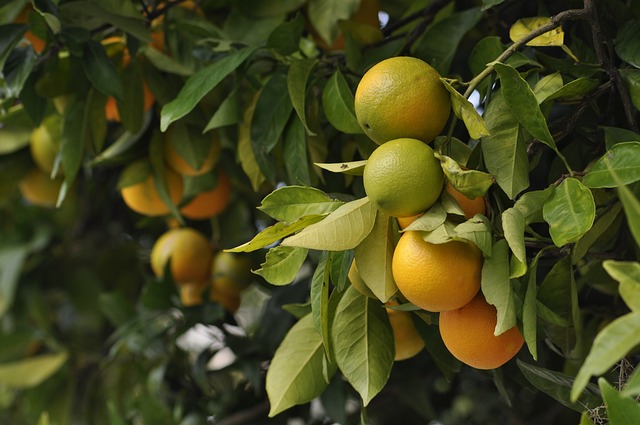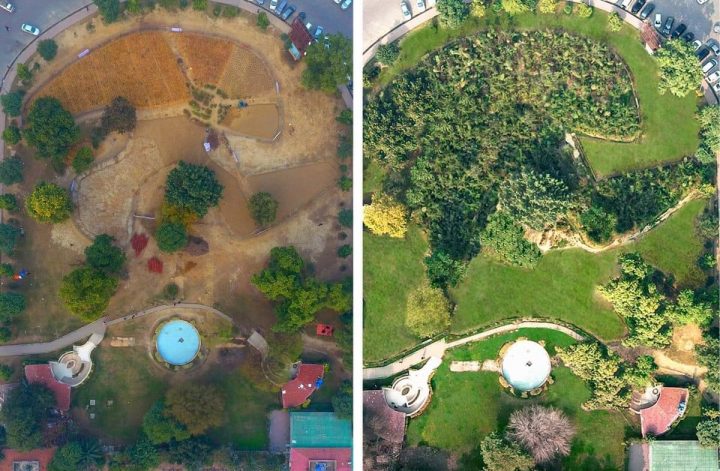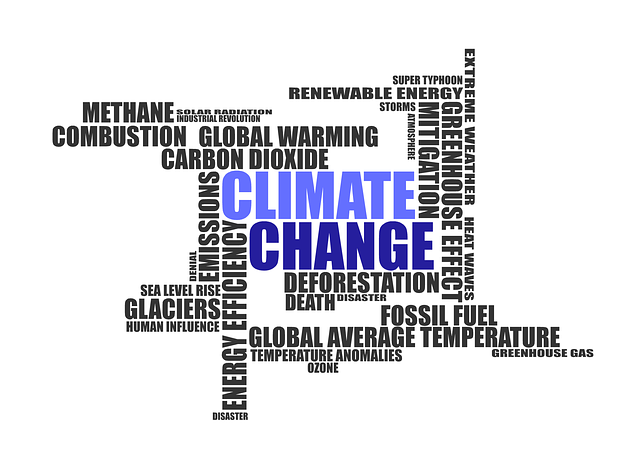Food and Environment – Their Relation:
Food– something no living being can survive without. However, it is often overlooked as how one of the most crucial component of our lives can also be responsible for contributing to the worsening environment and ultimately to climate change. Food requires, growing, processing, transporting, trading and preparing before it can be consumed. Check out this list of World’s Top 10 Food Producing Agricultural Countries
All of the stages it goes through before we consume it, leaves behind a carbon footprint that contributes to a third of all green house gas emission on the planet. This includes activities like agriculture, transporting goods and domestic use of fuel to cook it.
For more information on Carbon footprint read: All You Need To Know About Carbon Footprint
Causes and Impacts of the Food Industry on Environment:
There are many aspects to growing food- right from the cultivation to its consumption and the food waste generated as a result. Here are some of the causes and impacts that result due to modern food industry practices:
- Agricultural Practices: Modern agricultural practices are inherently exploitative and unsustainable. land clearing, deforestation for cultivation purposes, improper irrigation purposes as well as excessive use of pesticides and synthetic fertilizers contribute a myriad of environmental problems like eutrophication, water and land degradation, killing aquatic and terrestrial living organisms.

Check out: Sustainable Agriculture Practices and Their Advantages
- Food Types: Growing certain types of food can strain the resources in the environment. Some foods like rice, for example, use huge volumes of water. To grow 1 kg of rice it takes about 3-5000 litres of water. Moreover, before rice can be consumed it needs to be cooked of course, so that itself requires more water. 1 cup of rice needs 2 cups of water before and during cooking. This contributes to water scarcity if used excessively and irresponsibly. Check out: 15 Easy and Practical Ways to Reduce Food Waste
- Meat Industry: The meat industry is the most harmful as it contributes to global warming. It contributes to 60% of all global emissions of green house gases. Its carbon footprint is 14.5% of all emissions of methane and CO2 which are both heat trapping gases. Methane released due to livestock farming is even worse for the climate as it is 4 times more powerful of a green house gas than CO2.Also check out: Climate Change Is Increasing Food Shortage Around The World
- Mineral Water: The packing of mineral water in plastic bottles is very detrimental to the environment. The plastic water bottles are made using 17.6 million barrels of oil. The fossil fuel industry greatly contributes to the plastic problem as well as causes the GHG emissions. Plastic pollution and global warming is one of the most pressing problems we are facing ass of right now. The various forms of plastic packaging used in food labels, packets, wrappers, seals and bottles/ bottle caps in the food industry are also part of the problem.
- Crop Residue Burning: The food waste or crop waste is the leftover waste after harvesting food sources. This is usually dealt by burning them instead of recycling as a means of quick and efficient way to clear land for the next crop plantation. This practice of burning crops degrades the air quality and contributes to smog formation that is harmful for human health and glaciers.
For more information, please read: Impact of Crop Burning on Smog Formation
For impact of air pollution on glaciers, read: Blackening Glaciers of The World- Carbon Black Deposition Impacts
And: Black Soot and Ash Pollution Deposits on Glaciers- Causes and Impacts - Transport and Storage Of Food: While definitely not contributing as much GHG as cultivation of crops, the transport and storage still do contribute a small share of GHG to the environment. Refrigeration of goods to prevent spoiling along with trucks and vehicles transporting and distributing food emit GHGs that are responsible for global warming worldwide. Additionally, production of paper for all the paper work needed before trade results in deforestation and aluminum needed to seal the food packets are often prepared using energy intensive processes.Also read: 10 Favourite Food Items At Risk of Extinction In Near Future
- Seafood Industry: Particularly the Shrimp Farms are located in places that were previously occupied by mangrove forests responsible for sequestering large amounts of carbon. When these mangroves are cut down to make way for these shrimp and seafood harvesting farms it releases the stored carbon leading to shrimp farming having a high carbon footprint.
For more information of carbon storage in natural environment, read: What is Carbon Sequestration? – Techniques and Importance
Read: Top 15 Countries with Highest Percentage of Food Waste
CONCLUSION:
Food being our lifeline, it does not mean that one should stop eating and existing altogether. In fact, the point is to make conscious efforts and adopt eco-friendly approaches to tackle problems in the food industry that effect the environment negatively. This can be done for example using biodynamic farming or sustainable agriculture practices that do not degrade land. Another way could be to make a decision to opt for plastic alternatives and buying from sustainable local shops that will reduce your carbon footprint as well as be beneficial to the environment. Our only and best chance at survival on the planet for a long term is to work with nature and protect the environment instead of going against.
For more information of sustainable farming and agricultural practices, check out the following articles:
What is Biodynamic Farming? – Methods and Advantages
Biodynamic Farming Benefits and Importance for Environment
We hope you liked this post! Please comment below if you have any suggestions, comments or feedback! We at #envpk love hearing from readers! Thanks




